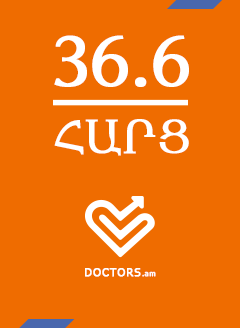A cephalohaematoma (British English) or cephalohematoma (American English) is a hemorrhage of blood between the skull and the periosteum of a newborn baby secondary to rupture of blood vessels crossing the periosteum. Because the swelling is subperiosteal its boundaries are limited by the individual bones, in contrast to a chignon.
Causes
The usual causes of a cephalohematoma are a prolonged second stage of labor or instrumental delivery, particularly ventouse.
Symptoms
If severe the child may develop jaundice, anemia or hypotension. In some cases it may be an indication of a linear skull fracture or be at risk of an infection leading to osteomyelitis or meningitis.
The swelling of a cephalohematoma takes weeks to resolve as the blood clot is slowly absorbed from the periphery towards the centre. In time the swelling hardens (calcification) leaving a relatively softer centre so that it appears as a 'depressed fracture'.
Cephalohematoma should be distinguished from another scalp bleeding called subgaleal hemorrhage (also called subaponeurotic hemorrhage), which is blood between the scalp and skull bone (above the periosteum) and is more extensive. It is more prone to complications, especially anemia and bruising.
Management
No laboratory studies usually are necessary. Vitamin C has been reported to hurry the resorption of hematoma. Skull x-ray or CT scanning is used if neurological symptoms appear. Usual management is mainly observation. Transfusion and phototherapy may be necessary if blood accumulation is significant. Aspiration is more likely to increase the risk of infection. The presence of a bleeding disorder should be considered. Skull radiography or CT scanning is also used if concomitant depressed skull fracture is a possibility.












